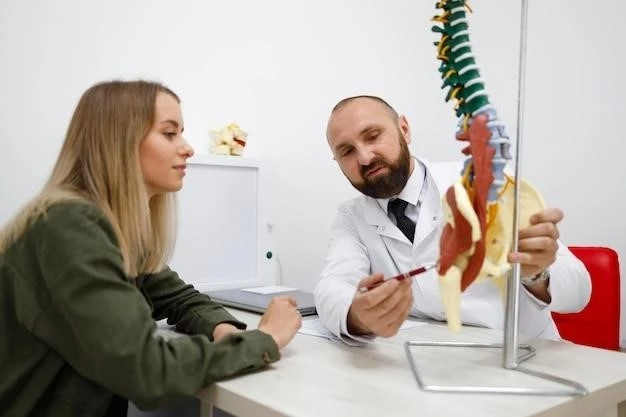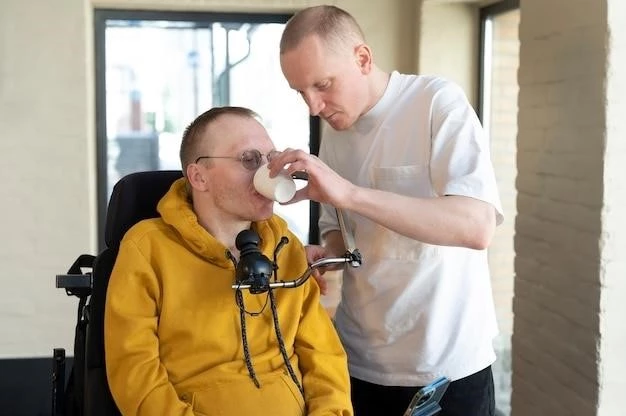Introduction
Townes–Brocks Syndrome is a rare genetic disorder characterized by imperforate anus, dysplastic ears, and thumb malformations․ It affects various parts of the body, with mutations in the SALL1 gene playing a key role in its development․
Overview of Townes-Brocks Syndrome
Townes–Brocks Syndrome is a rare autosomal dominant disorder characterized by imperforate anus, dysplastic ears with hearing impairment, and thumb malformations․ The condition, caused by mutations in the SALL1 gene, may also present with renal, urogenital, and heart malformations․ Although intellectual development is typically normal, affected individuals may exhibit other associated features affecting multiple organs․
Clinical Features
Townes–Brocks Syndrome presents with a triad of imperforate anus, dysplastic ears with hearing impairment, and thumb malformations․ Additional malformations may include renal, urogenital, and heart abnormalities․ Mutations in the SALL1 gene play a crucial role in the development of this rare disorder․
Triad of Symptoms
Townes–Brocks Syndrome is defined by the presence of imperforate anus, dysplastic ears often associated with hearing impairment, and thumb malformations․ Individuals with this rare genetic disorder may also exhibit additional malformations affecting various organs, such as the kidneys and heart․ The condition is primarily attributed to mutations in the SALL1 gene, leading to its characteristic triad of symptoms․
Other Associated Malformations
In addition to the characteristic triad of symptoms, individuals with Townes–Brocks Syndrome may present with renal, urogenital, and heart abnormalities․ The condition is known for its variable expression, with manifestations such as external ear anomalies, hearing loss, preaxial polydactyly, and renal abnormalities․ While most individuals with this syndrome have normal intelligence, some rare cases exhibit concurrent endocrine abnormalities․
Genetics
At least 75 mutations in the SALL1 gene have been identified in individuals with Townes-Brocks Syndrome․ This rare disorder is typically characterized by imperforate anus, abnormally shaped ears, and hand malformations․ The specific effects of these mutations on the condition’s features remain uncertain․
SALL1 Gene Mutations
At least 75 mutations in the SALL1 gene have been identified in individuals with Townes-Brocks Syndrome, leading to imperforate anus, dysplastic ears, and thumb malformations․ The specific impact of these mutations on the syndrome’s distinct features remains to be fully understood, highlighting the complexity of this rare genetic disorder․
Diagnosis
Diagnosing Townes–Brocks Syndrome involves clinical evaluation of the triad of imperforate anus, dysplastic ears, and thumb malformations․ Genetic testing to identify mutations in the SALL1 gene is crucial for confirming the diagnosis of this rare genetic disorder․
Diagnostic Methods
The diagnosis of Townes–Brocks Syndrome involves a clinical assessment focusing on the characteristic triad of imperforate anus, dysplastic ears, and thumb malformations․ Genetic testing targeting mutations in the SALL1 gene is crucial for confirming the presence of this rare genetic disorder․

Epidemiology
Townes–Brocks Syndrome is considered a rare genetic disorder affecting individuals of all genders equally․ The syndrome was first identified in 1972 and has been described in approximately 200 cases in published literature․ It is characterized by imperforate anus, dysplastic ears, thumb malformations, and occasionally, kidney and hearing problems․
Prevalence of Townes-Brocks Syndrome
Known as a rare genetic disorder, Townes–Brocks Syndrome has been described in approximately 200 cases in published literature․ The condition affects males and females equally and was initially reported in 1972․ Individuals with this syndrome typically exhibit imperforate anus٫ dysplastic ears with hearing issues٫ thumb malformations٫ and in some cases٫ kidney and heart problems․
Management
Management of Townes–Brocks Syndrome involves addressing the specific symptoms presented by each individual․ Surgical interventions may be required to correct imperforate anus or thumb malformations․ Additionally, hearing aids and supportive therapies can help manage associated hearing impairments․ Regular monitoring for any renal or cardiac issues is essential for comprehensive care․
Treatment Approaches
Management of Townes–Brocks Syndrome typically involves addressing the specific symptoms presented by each individual․ Surgical interventions may be necessary to correct imperforate anus or thumb malformations․ Supportive therapies such as hearing aids can help manage associated hearing impairments․ Regular monitoring for renal or cardiac issues is essential for comprehensive care․
Prognosis
The outlook for individuals with Townes–Brocks Syndrome varies based on the severity of symptoms and associated malformations․ Management strategies focusing on addressing specific manifestations can significantly impact the quality of life for affected individuals, highlighting the importance of early detection and intervention in optimizing long-term outcomes․
Outlook for Individuals with Townes-Brocks Syndrome
The prognosis for individuals with Townes–Brocks Syndrome varies depending on the severity of symptoms and associated malformations․ Early detection and personalized management strategies play a crucial role in optimizing long-term outcomes and enhancing the quality of life for affected individuals․
Research
Townes–Brocks Syndrome is a rare genetic disorder with at least 75 mutations in the SALL1 gene identified in affected individuals․ The condition is characterized by imperforate anus, dysplastic ears, and thumb malformations․ Research continues to explore how these genetic mutations lead to the specific features of this syndrome, enhancing our understanding of its underlying mechanisms․
Current Studies and Discoveries
Research on Townes–Brocks Syndrome focuses on understanding the impact of the identified mutations in the SALL1 gene on the specific features of the condition․ Investigating the genetic basis and variable expression of this rare disorder enhances knowledge about its underlying mechanisms, paving the way for potential targeted therapies in the future․

Resources
For more information on Townes–Brocks Syndrome and support, you can explore patient organizations and resources dedicated to assisting individuals and families affected by this rare genetic disorder․ These resources provide valuable insights, guidance, and assistance to navigate the challenges associated with managing this condition․
Support Organizations and Assistance Programs
For individuals and families affected by Townes–Brocks Syndrome, various patient organizations and resources offer valuable support and information․ These organizations aim to provide assistance, guidance, and a sense of community for those navigating the challenges associated with this rare genetic disorder․
